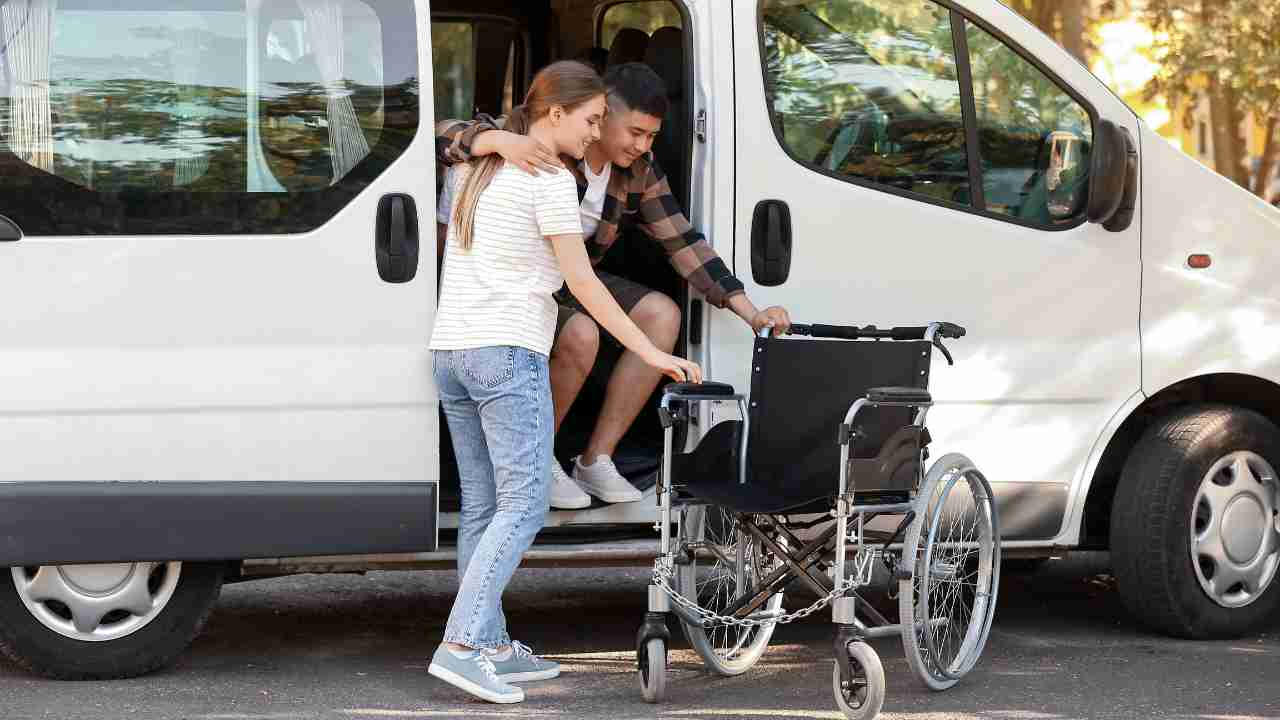Essential Vehicle Features for Elderly Transport Services

Transporting elderly passengers requires thoughtful vehicle adaptations to ensure safety, comfort, and accessibility. Elderly individuals often face mobility, sensory, and health challenges that make standard vehicles unsuitable. This article explores the essential features for vehicles designed for elderly transport, highlighting specific organizations and companies that lead in providing these solutions.
Accessibility Features
Wheelchair Ramps and Lifts
Many elderly passengers rely on wheelchairs or walkers, making wheelchair ramps and lifts indispensable. These features facilitate safe and smooth boarding without requiring physical strain.
Companies like BraunAbility (https://www.braunability.com/) and MobilityWorks (https://www.mobilityworks.com/) offer state-of-the-art wheelchair lifts and ramps designed to meet ADA standards. Their products ensure reliable and secure accessibility.
Low-Floor Entry
Low-floor vehicles reduce the need for steps, making boarding easier for individuals with limited mobility. This feature is particularly useful for passengers using canes or walkers.
Manufacturers like Eldorado National (https://www.eldonational.com/) specialize in low-floor shuttle buses that enhance accessibility while maintaining durability and safety.
Safety Enhancements
Securement Systems
Proper securement systems for wheelchairs and other mobility aids are critical for ensuring passenger safety during transit. Adjustable straps and locking mechanisms prevent movement and reduce injury risks.
Companies such as Q’STRAINT (https://www.qstraint.com/) provide innovative securement solutions that comply with global safety standards, making them a top choice for elderly transport vehicles.
Grab Bars and Handrails
Grab bars and handrails offer support and stability for elderly passengers as they enter, exit, and navigate the vehicle. These features help reduce the risk of falls.
Organizations like National Seating & Mobility (https://www.nsm-seating.com/) supply retrofitting services to equip vehicles with ergonomic handrails and grab bars.
Comfort-Oriented Features
Adjustable Seating
Comfortable, adjustable seating is essential for elderly passengers who may experience stiffness or joint pain. Reclining seats with extra padding improve the overall travel experience.
Brands like Freedman Seating (https://www.freedmanseating.com/) offer customizable seating options specifically designed for elderly transport vehicles.
Climate Control Systems
Elderly passengers are often sensitive to extreme temperatures. Advanced climate control systems ensure a comfortable environment by maintaining optimal temperatures throughout the journey.
Vehicle providers such as Trans-Air Manufacturing (https://www.transairmfg.com/) specialize in HVAC systems tailored for shuttle and transport vehicles.
Technological Upgrades
GPS and Routing Systems
Efficient routing reduces travel time and ensures timely arrivals, which is crucial for elderly passengers heading to medical appointments or social engagements.
Monitoring and Emergency Systems
Vehicles equipped with monitoring systems, such as cameras or telematics, enhance safety by allowing operators to oversee passenger activity and vehicle performance. Emergency buttons or alert systems ensure immediate assistance when needed.
Organizations like AngelTrax (https://www.angeltrax.com/) provide advanced monitoring solutions tailored for transport services.
Hygiene and Maintenance Features
Easy-to-Clean Surfaces
Elderly passengers may require vehicles with easy-to-clean surfaces to maintain hygiene, especially in cases of medical transport. Vinyl or antimicrobial materials for seats and floors are ideal.
Suppliers like TransitWorks (https://www.transit-works.com/) offer vehicles equipped with easy-to-clean interiors, ensuring sanitary conditions.
Regular Maintenance Programs
Well-maintained vehicles are crucial for safety and reliability. Maintenance programs that include regular inspections, oil changes, and part replacements help reduce breakdowns and extend vehicle life.
Compliance with Legal Standards
ADA Compliance
All vehicles used for elderly transport should meet ADA guidelines, ensuring they are equipped with the necessary accessibility and safety features.
The ADA National Network (https://adata.org/) offers resources and guidelines for transportation providers to ensure compliance.
State and Local Regulations
Beyond federal guidelines, vehicles must comply with state and local regulations, which may include specific equipment or licensing requirements.
Organizations like NEMTAC (Non-Emergency Medical Transportation Accreditation Commission) (https://www.nemtac.org/) assist providers in navigating regulatory requirements.
Elderly transport services require vehicles with specialized features to ensure safety, comfort, and accessibility. From wheelchair ramps and securement systems to climate control and emergency monitoring, every aspect contributes to enhancing the travel experience for elderly passengers. By collaborating with industry leaders and adhering to legal standards, transportation providers can deliver reliable and inclusive services that meet the unique needs of the elderly community.
Ready to unlock the potential of smarter transportation planning? Book your demo now and explore how our scheduling software can elevate your operations.
ABOUT THE AUTHOR
MIKE B.
Mike is a seasoned transportation consultant and technology advocate. Drawing from years of experience in the transportation industry, Mike bridges the gap between innovative software solutions and practical implementation strategies. His articles focus on the transformative power of software for organizations that deliver transportation options for the elderly, special needs and disabled communities. Outside his writing endeavors, Mike enjoys exploring the landscapes of Costa Rica and advocating for sustainable transportation initiatives.
Recent Comments